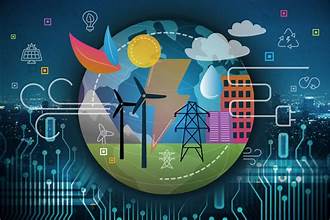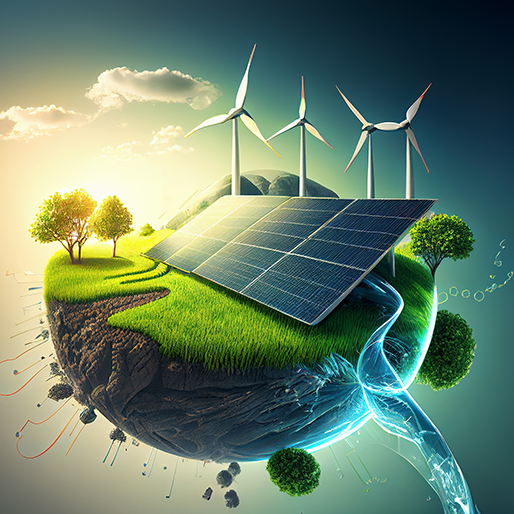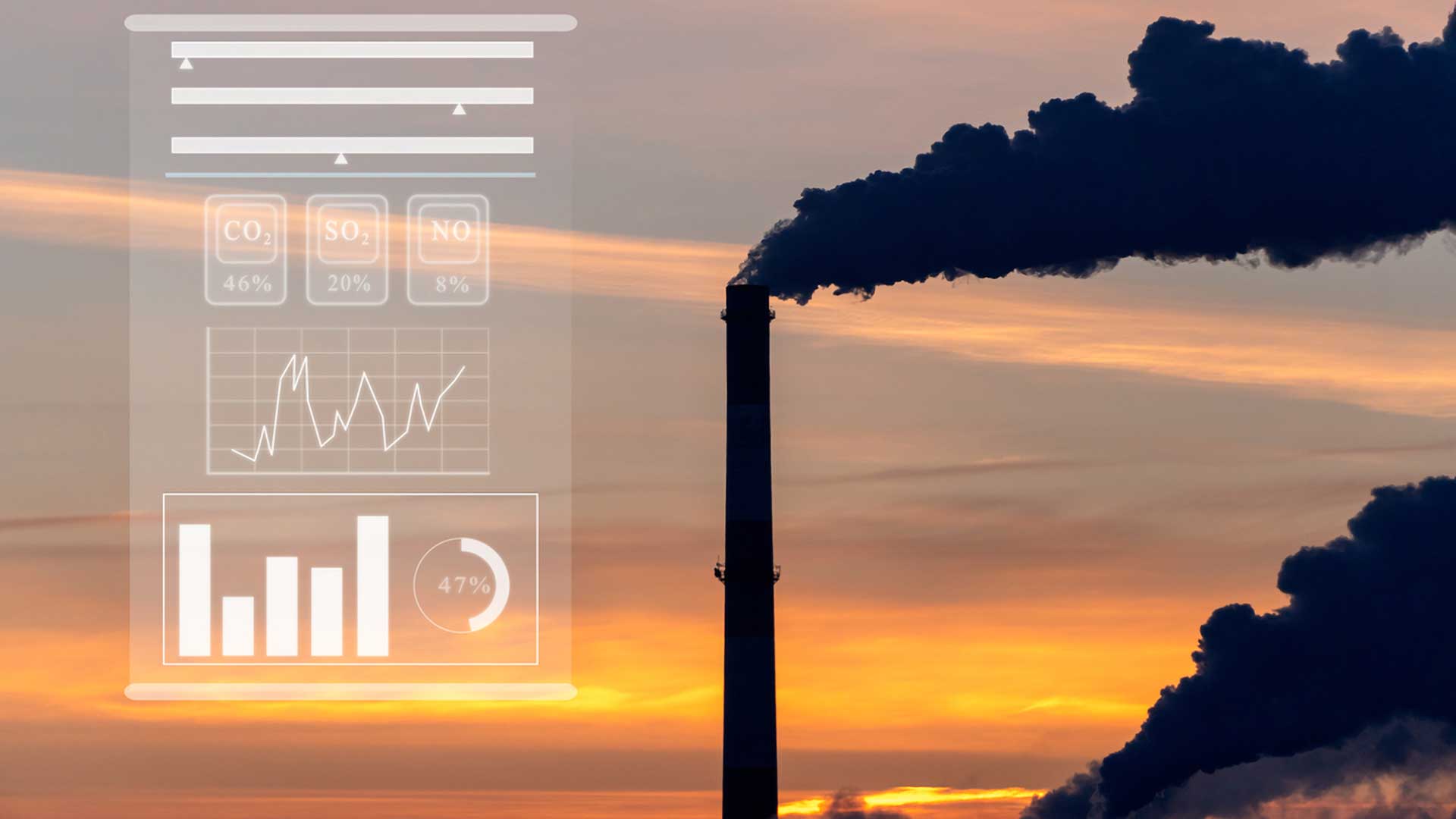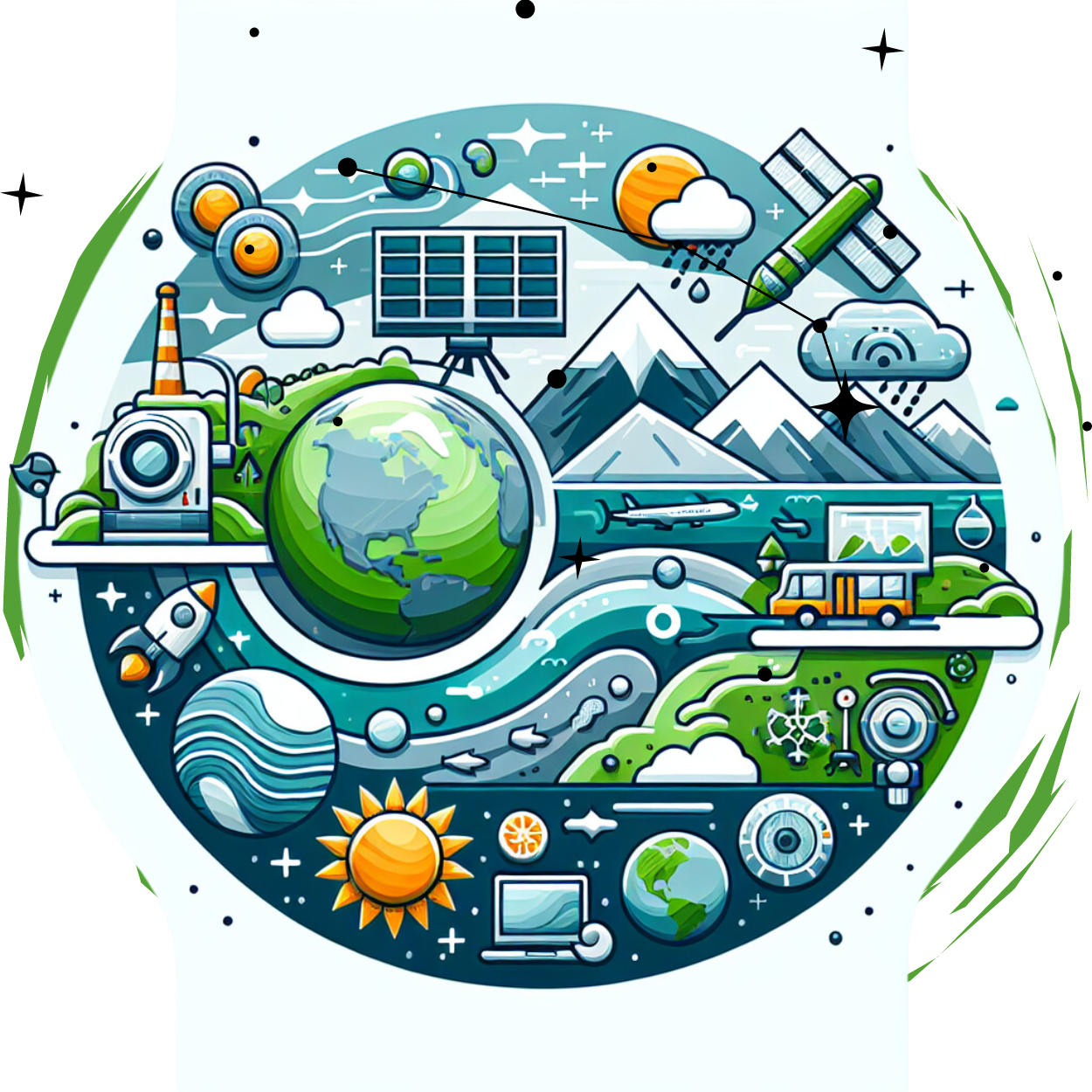
In the face of increasing environmental challenges, emerging technologies in pollution control are becoming crucial in shaping the future of environmental protection. These innovative solutions are designed to tackle air, water, and soil pollution more effectively and sustainably. This article explores the latest advancements in pollution control technologies, highlighting their potential impacts on environmental preservation and public health.
1. Advanced Air Purification Systems
Air pollution remains a significant concern globally, with industrial emissions, vehicle exhausts, and other pollutants contributing to poor air quality. Recent advancements in air purification technologies offer promising solutions:
- Electrostatic Precipitators (ESPs): These devices use electrical charges to remove particles from the air. Modern ESPs are more efficient and can capture finer particles, including hazardous pollutants like PM2.5.
- Photocatalytic Oxidation: This technology uses light and a catalyst to break down organic pollutants into harmless substances. It’s particularly effective in removing volatile organic compounds (VOCs) from industrial emissions.
- Biofiltration Systems: Utilizing microorganisms to degrade pollutants, biofilters offer a sustainable approach to air purification. These systems can be integrated into industrial processes to reduce emissions and improve air quality.
2. Innovative Water Treatment Technologies
Water pollution is another critical issue, affecting ecosystems and human health. Emerging technologies in water treatment are enhancing our ability to purify and manage water resources:
- Nanotechnology: Nanomaterials, such as carbon nanotubes and nanofibers, are being used to remove contaminants from water. These materials have high surface areas and can target specific pollutants with precision.
- Membrane Filtration: Advances in membrane technology, including ultrafiltration and nanofiltration, allow for the removal of fine particles, microorganisms, and dissolved contaminants from water.
- Electrochemical Water Treatment: This method uses electrical currents to treat water, effectively removing heavy metals, organic pollutants, and pathogens. It’s a versatile technology that can be used in various water purification scenarios.
3. Soil Remediation Technologies
Contaminated soil poses risks to both the environment and human health. New soil remediation technologies are being developed to address this issue:
- Bioremediation: This process uses microorganisms to break down organic pollutants in the soil. Advances in genetic engineering have led to the development of more effective microbial strains for soil decontamination.
- Phytoremediation: Plants are used to absorb or degrade pollutants in the soil. Recent innovations include genetically modified plants with enhanced capabilities to remove heavy metals and organic toxins.
- Soil Washing: This technique involves the use of water and chemical additives to remove contaminants from soil. Improved soil washing technologies offer better efficiency and lower costs for large-scale remediation projects.
4. Smart Monitoring and Control Systems
The integration of technology with environmental monitoring is enhancing our ability to manage pollution effectively:
- Internet of Things (IoT): IoT devices are used to monitor air and water quality in real-time. Sensors provide continuous data on pollutant levels, enabling quicker responses and better regulatory compliance.
- Artificial Intelligence (AI): AI algorithms analyze environmental data to predict pollution trends and optimize control measures. AI-driven systems can identify patterns and suggest interventions to prevent pollution incidents.
- Remote Sensing: Satellite technology and drones are being used to monitor large areas for pollution. These tools provide valuable data for tracking pollution sources and assessing the effectiveness of control measures.
5. Sustainable Waste Management Technologies
Efficient waste management is essential for controlling pollution and conserving resources. Emerging technologies are improving waste processing and recycling:
- Waste-to-Energy Technologies: Innovations in waste-to-energy systems are converting waste into usable energy, such as electricity and heat. These technologies reduce landfill use and lower greenhouse gas emissions.
- Advanced Recycling Techniques: New methods for recycling plastics, metals, and other materials are increasing the efficiency of recycling processes. Technologies like chemical recycling and improved sorting systems are reducing waste and promoting circular economies.
- Biodegradable Materials: The development of biodegradable materials is addressing the issue of plastic pollution. These materials decompose more quickly than traditional plastics, reducing environmental impact.
Conclusion
Emerging technologies in pollution control are revolutionizing the way we approach environmental protection. From advanced air purification systems to innovative water treatment methods, these technologies are offering more effective and sustainable solutions for managing pollution. As these technologies continue to evolve, they hold the promise of a cleaner, healthier future for our planet.
By staying informed about these advancements and supporting their implementation, we can contribute to a more sustainable environment and safeguard public health for future generations.

